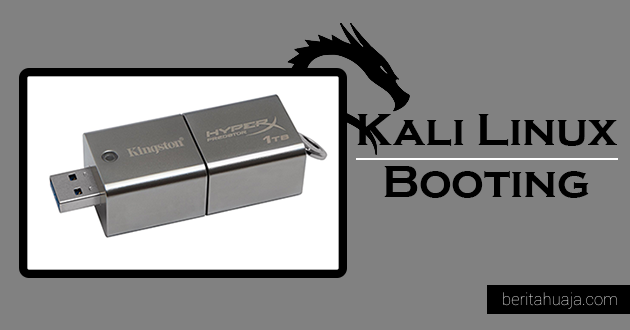

Open leafpad and save a text file in root. Warning if you select Live (686-pae) you will not load any persistent data and the test for persistence will fail. !!!Select Live USB Persistence ONLY ( with up down arrows)!!! Shutdown and reboot using the kali2.0 usb you just worked on. Now test the persistence feature between reboots. Size of the right window will vary.Įcho "/ union" > /mnt/usb/nf When finished gparted showed the following in the two(2) Sit back and wait till the operations are all completed Go to upper left-hand corner of the main gparted menu Do not misspell or alter caps or the persistence feature may not work. In the "Create new Partition" drop down menuĮnter the word persistence carefully. When you right click within the block a menu will appear. Right-click within the right-hand large unallocated rectangular block. You should now see two(2) long rectangular blocks. Click on these arrows until you see the usb flashdrive. In the upper right-hand corner of the gparted window you will see a small greyish rectangular block with the word /dev/? then a size in GiB and two(2) up-down arrows. When gparted runs it will probably be pointed at the harddrives which are labeled sda.


You will have to experiment with this approach. However you might have to change the sdb3 to sdc3 in the commands below. You can use a second usb flash drive to run the OS. You cannot use the live usb with kali-linux 2.0 on it, as it will be locked during these operations, therefore a separate linux operating system must act on the usb flash drive. Run up a kali or Backtrack operating system with gparted installed. If your live usb install of kali-linux2.0 functions, enable persistence so your work is saved between reboots. When we load kali2.0 the install hangs and it will not accept functioning usb flash drive installs of kali-linux 2.0 either. We have two(2) laptops that take only 1.10a. Note here that kali-linux2.0 does not work on all computers. Boot the computer from the kali-linux 2.0 usb flash drive and test to see if it is working properly then shut it down. When finished, you now have a live version of Kali-linux2.0. Select it and select "write" then sit back and wait while the diskimager does it's work. Once selected the kali-linux.iso file will appear. When you browse to the location of your Kali-linux 2.0.iso, change the "Files of Type" from "img" to *.* - select the down arrow across from "Files of Type" and you will get this selection in a drop-down menu. Make sure Win32DiskImager is pointed at your usb flash drive. Download the latest Win32 if you wish, however older versions might work. Install kali-linux 2.0 onto the usb flash drive using XP and Win32DiskImager.exe(Win32). MTeams is seeing alot of comments that old methods of making a persistent USB with kali2.0 do not work.


 0 kommentar(er)
0 kommentar(er)
